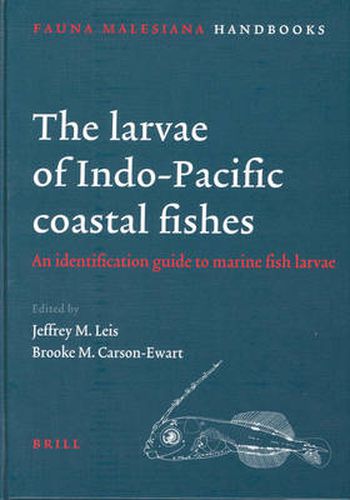Readings Newsletter
Become a Readings Member to make your shopping experience even easier.
Sign in or sign up for free!
You’re not far away from qualifying for FREE standard shipping within Australia
You’ve qualified for FREE standard shipping within Australia
The cart is loading…






The second volume in the Fauna Malesiana book series gives an extensive overview of the larval development of 124 families of fishes, many of them of importance for both fishery and from ecological perspectives. The families that are described originate from the centre of global marine biodiversity: the tropical Indo-Pacific Oceans, a region rich in coral reefs, as well as mangrove, estuarine, and coastal shelf habitats. The identification guide not only documents the ontogeny of these fishes but also provides the means to identify these extraordinarily diverse larvae to the level of family. The book offers a wealth of instructive and detailed figures and illustrations (219 plates, each consisting of approximately 4 figures) for enabling the identification of these families and their larval specialization.
$9.00 standard shipping within Australia
FREE standard shipping within Australia for orders over $100.00
Express & International shipping calculated at checkout
The second volume in the Fauna Malesiana book series gives an extensive overview of the larval development of 124 families of fishes, many of them of importance for both fishery and from ecological perspectives. The families that are described originate from the centre of global marine biodiversity: the tropical Indo-Pacific Oceans, a region rich in coral reefs, as well as mangrove, estuarine, and coastal shelf habitats. The identification guide not only documents the ontogeny of these fishes but also provides the means to identify these extraordinarily diverse larvae to the level of family. The book offers a wealth of instructive and detailed figures and illustrations (219 plates, each consisting of approximately 4 figures) for enabling the identification of these families and their larval specialization.